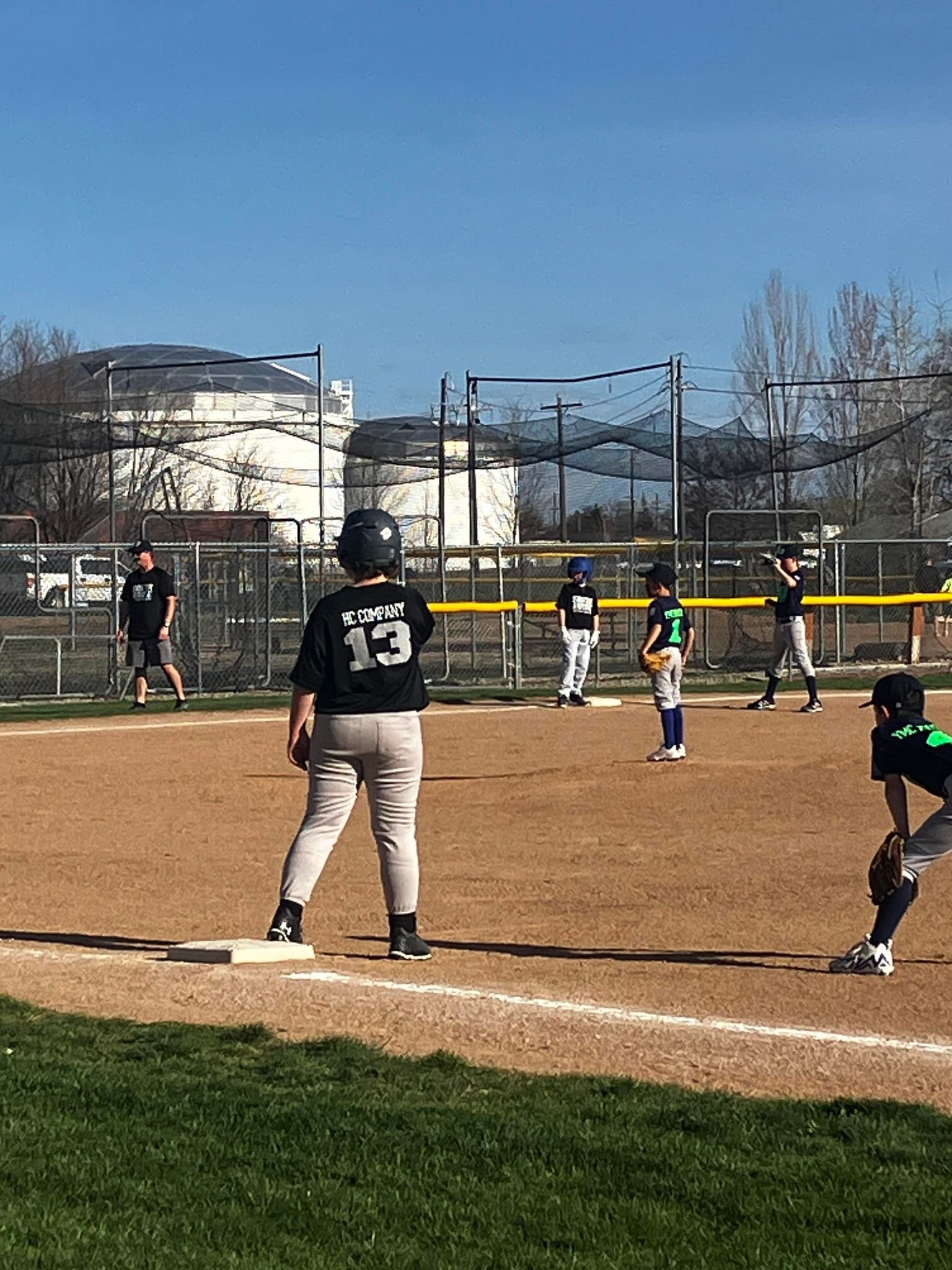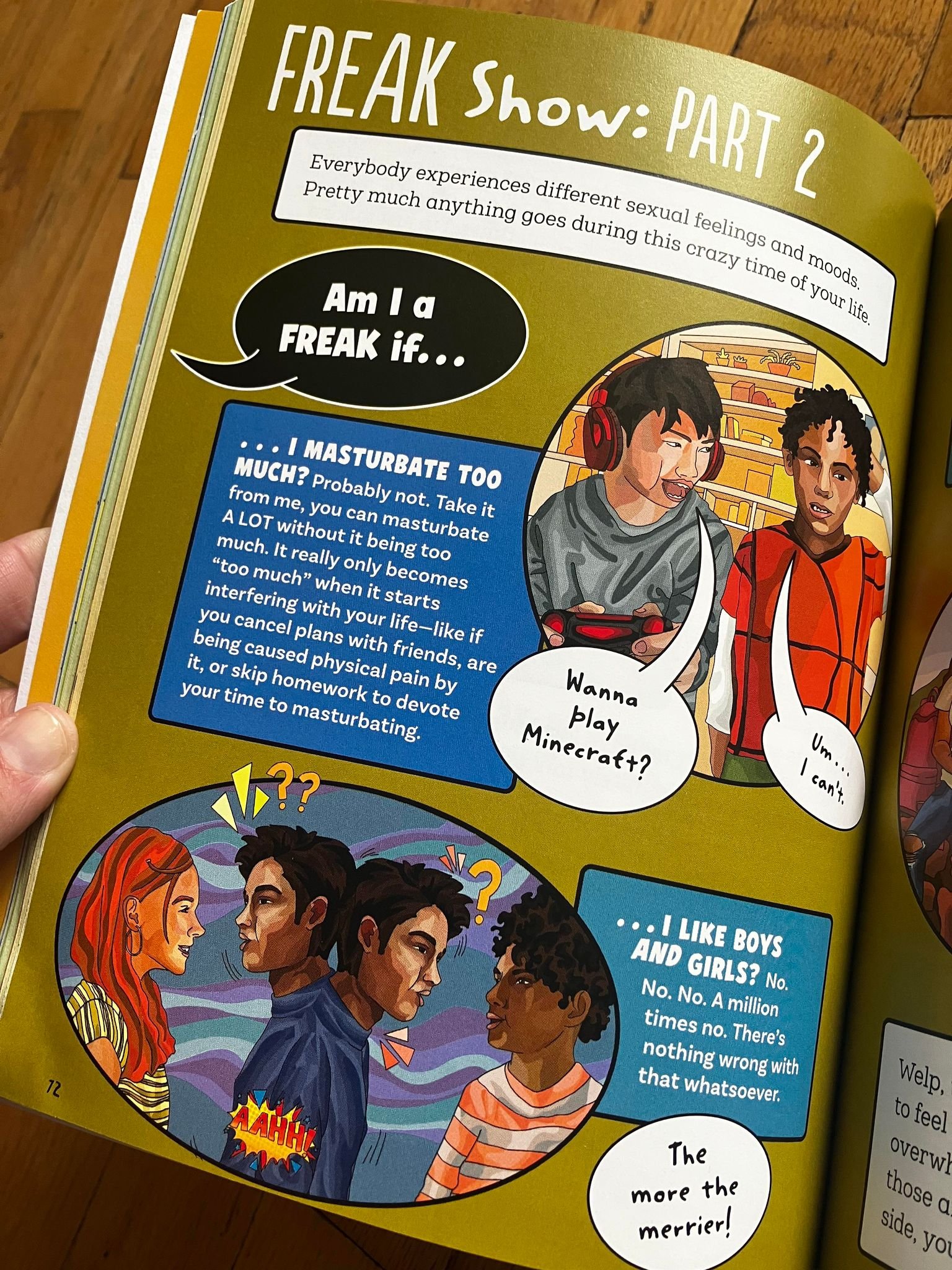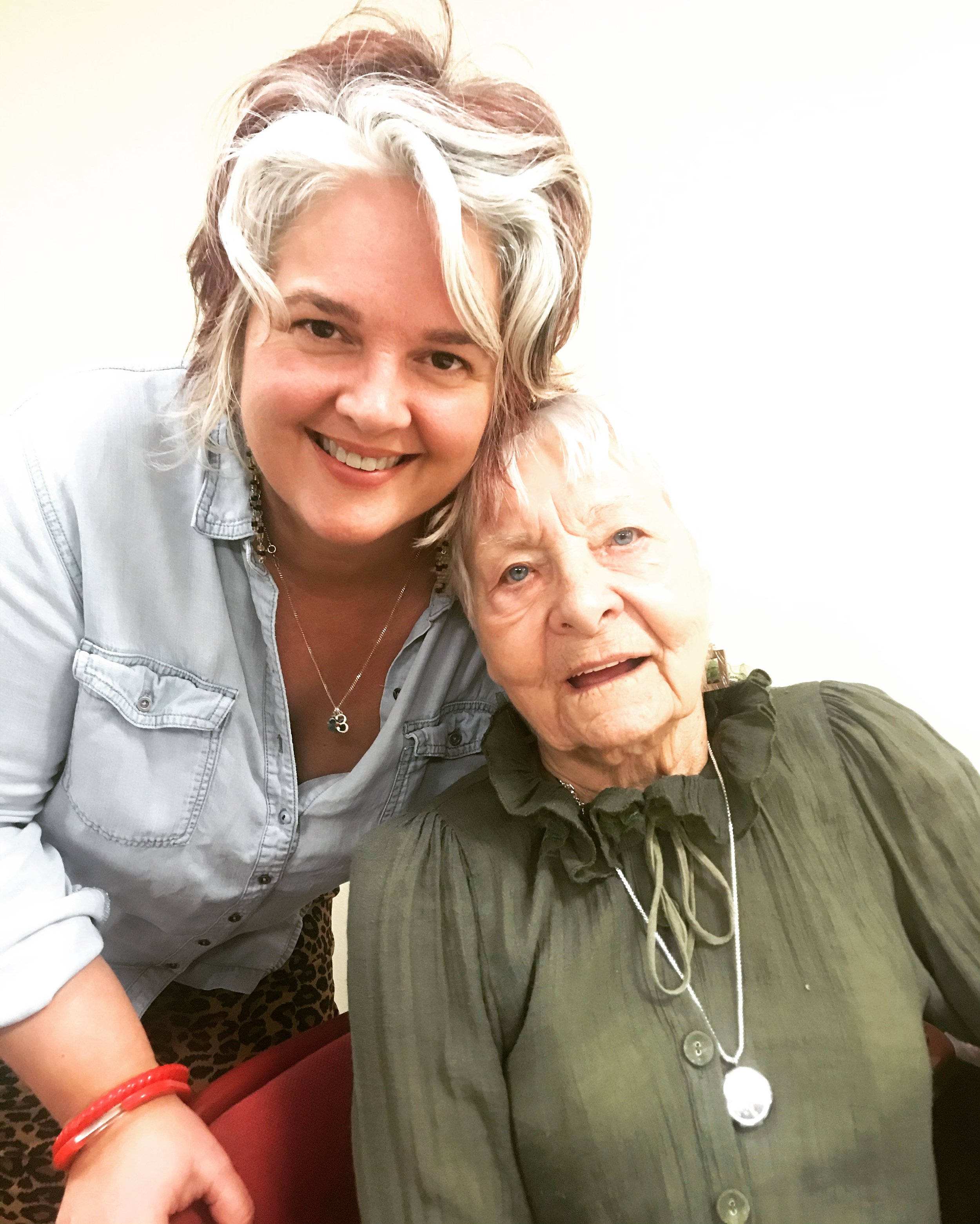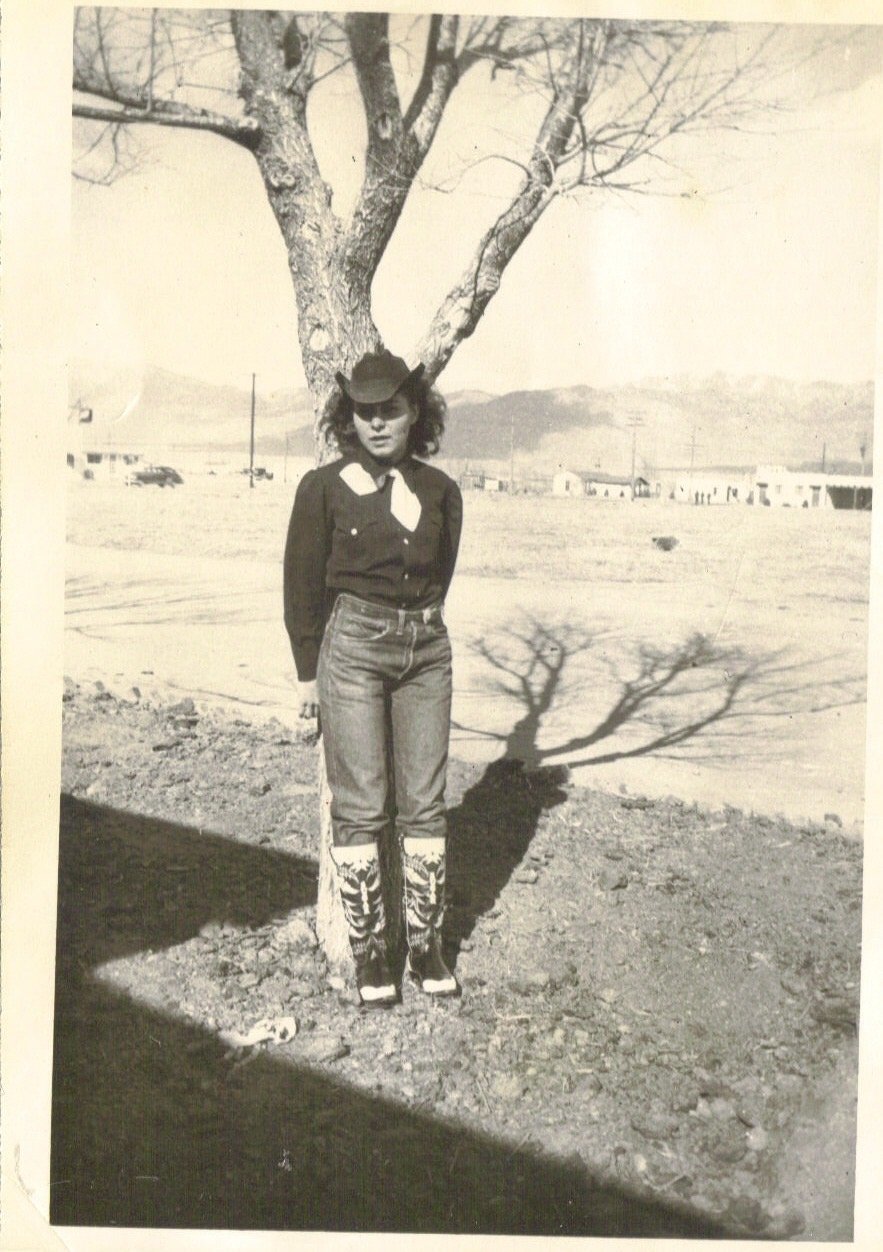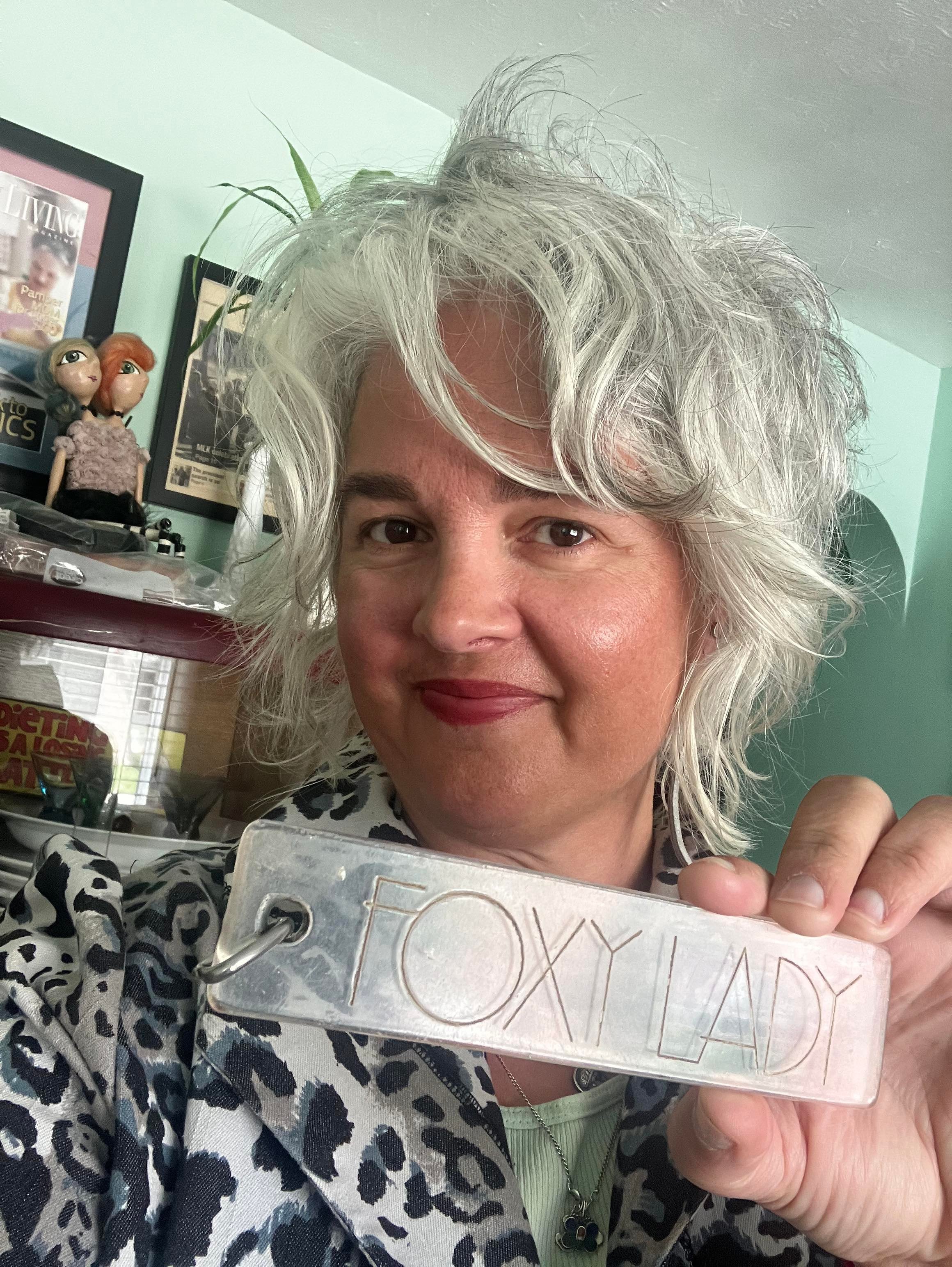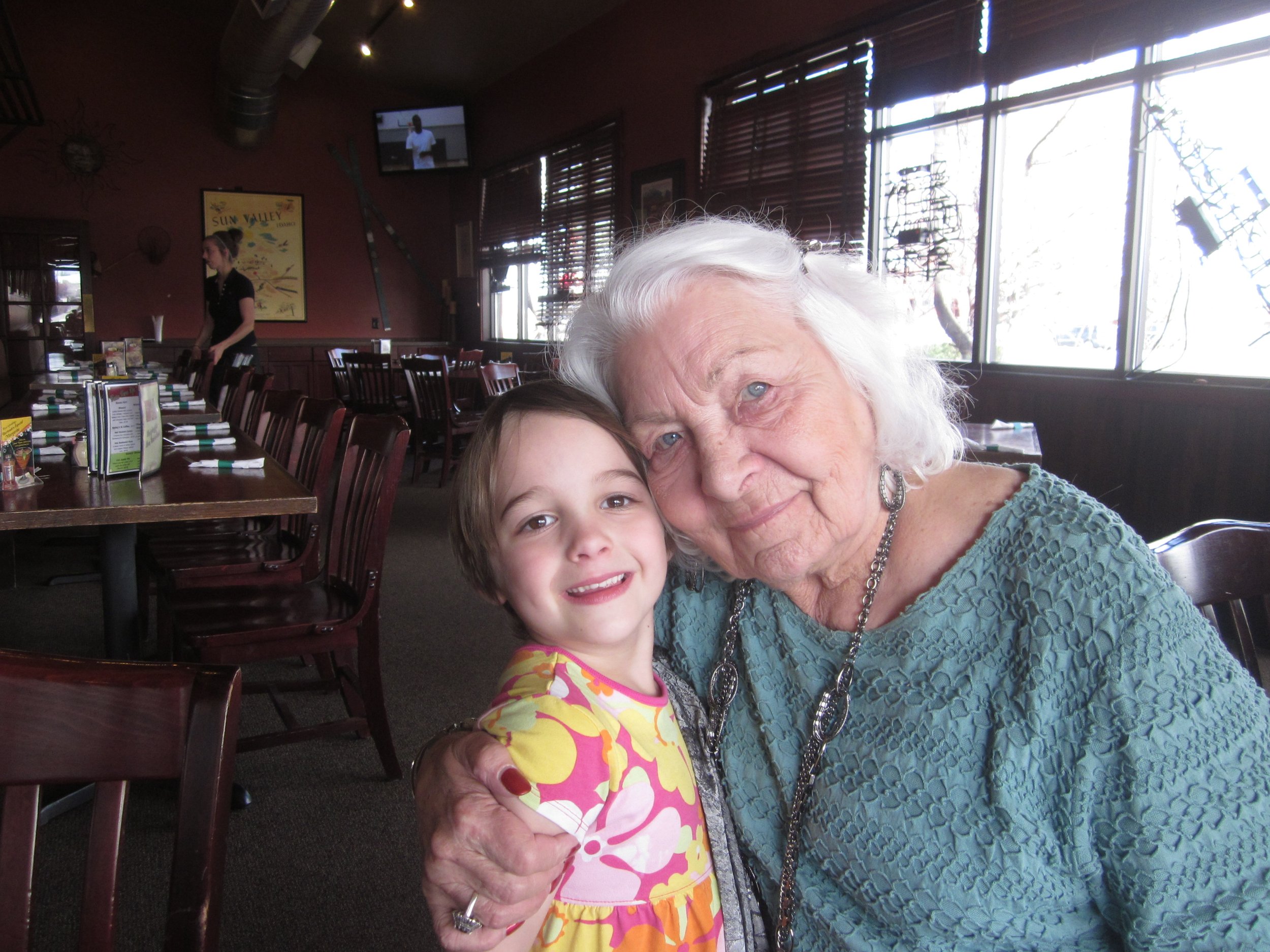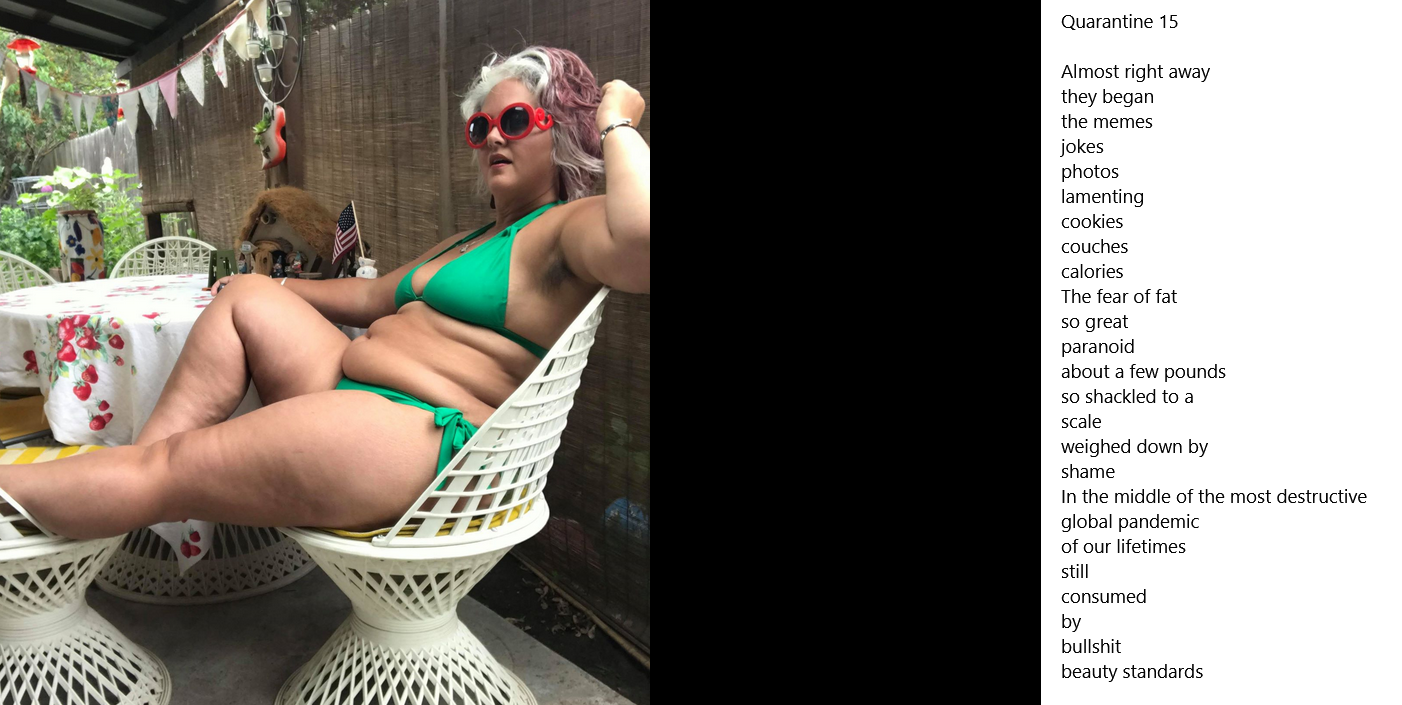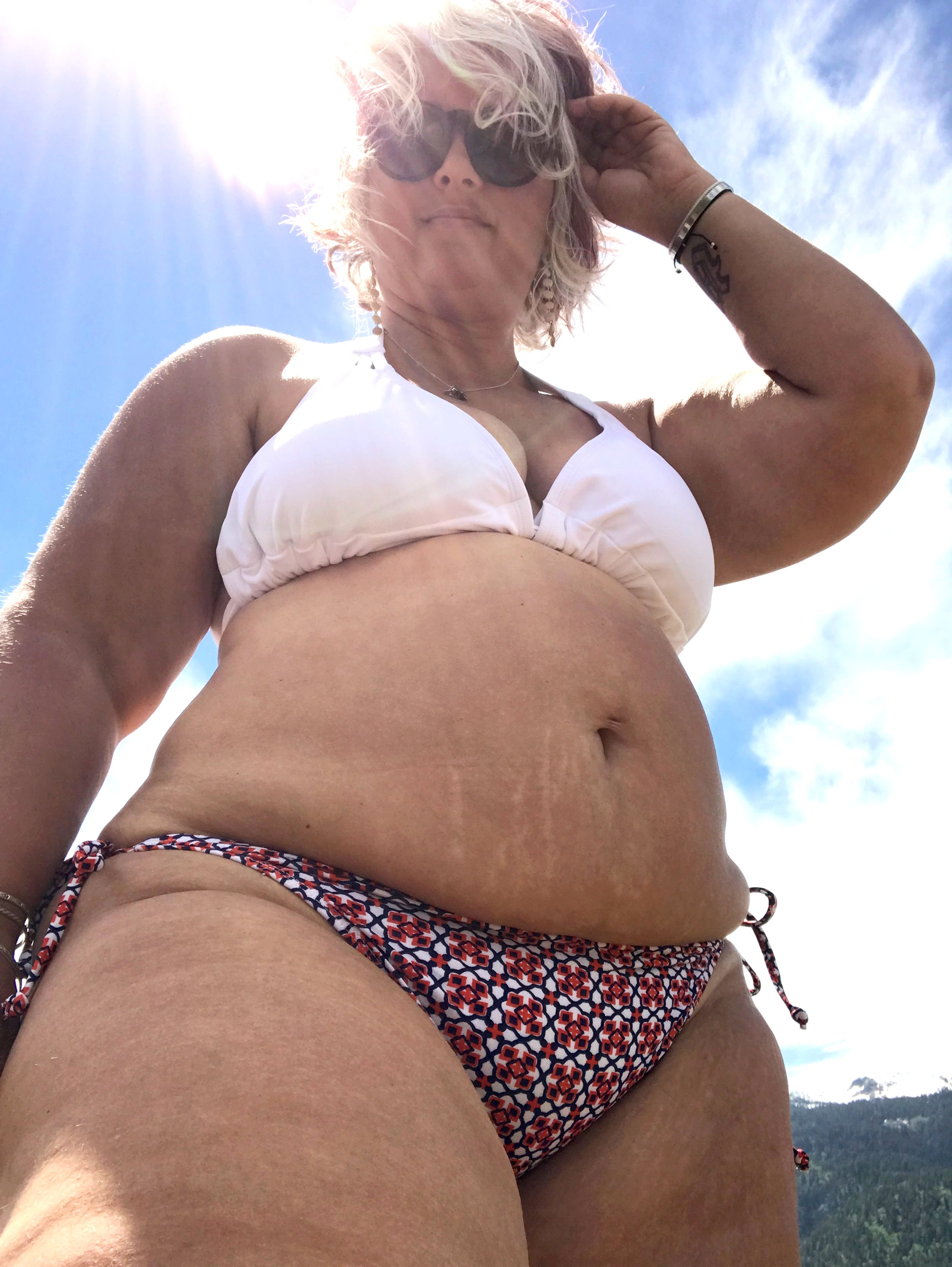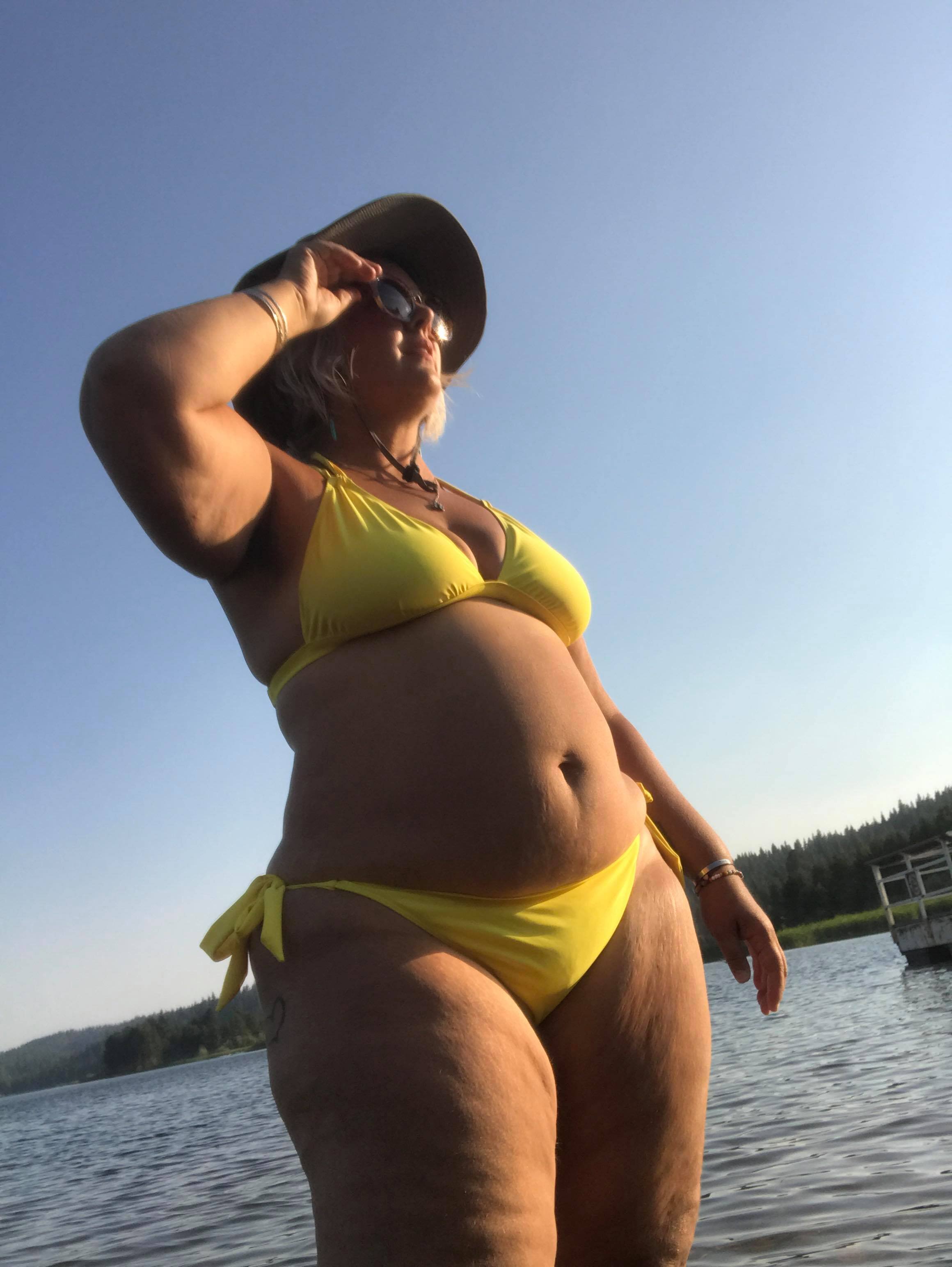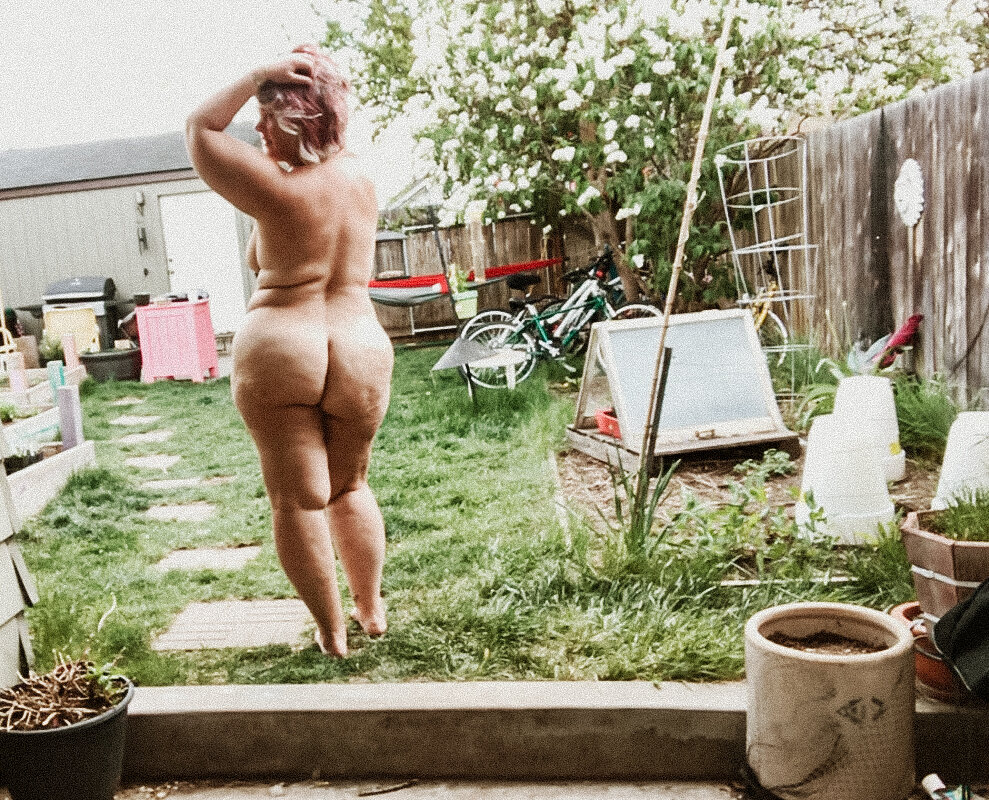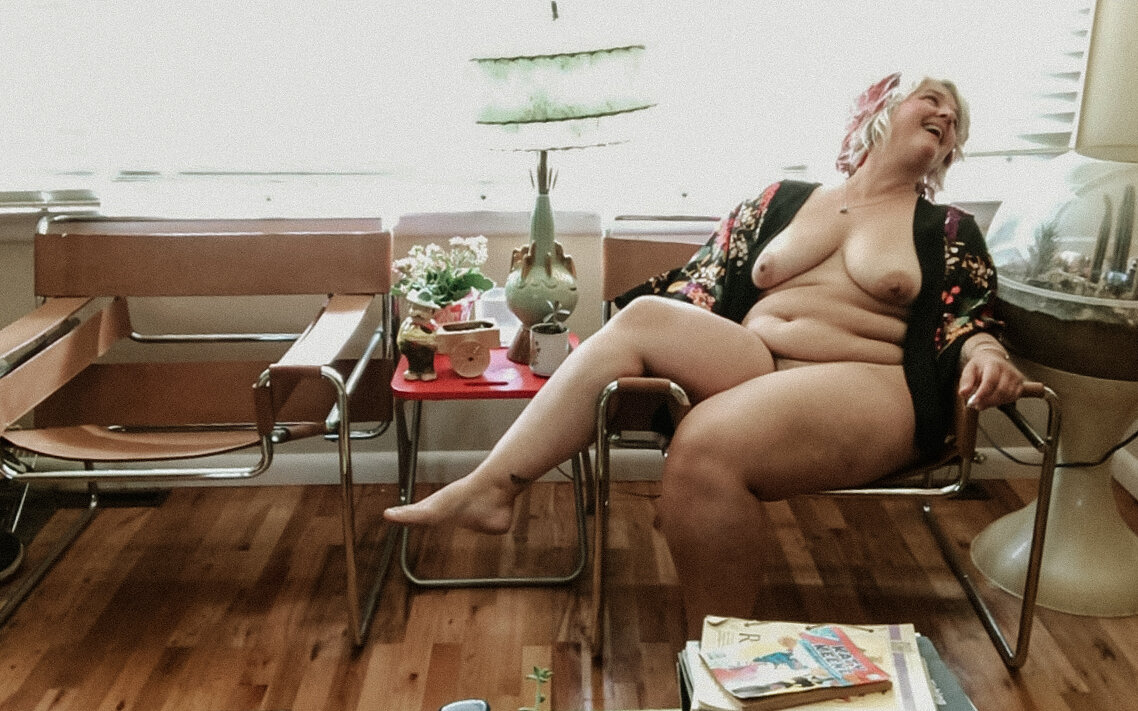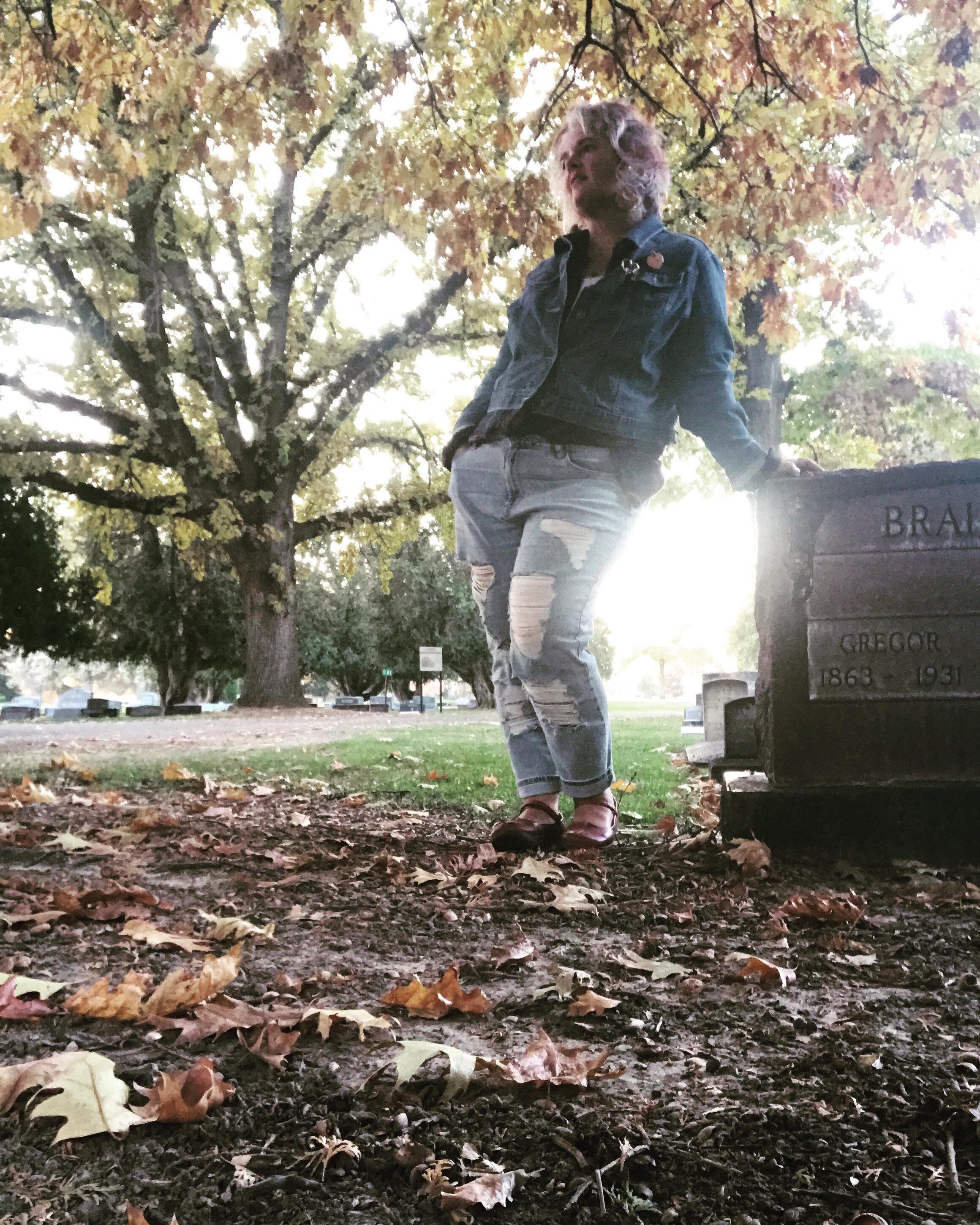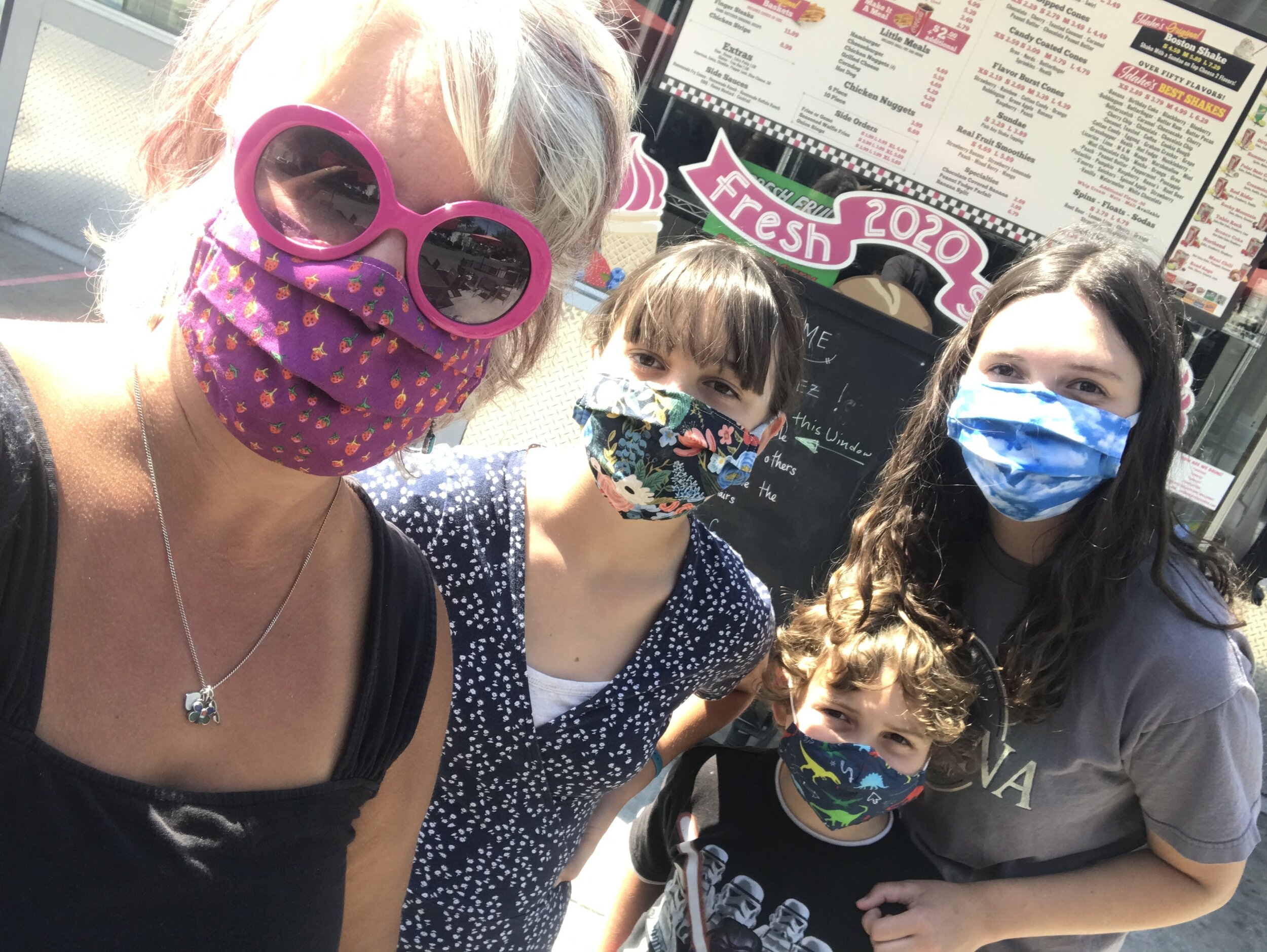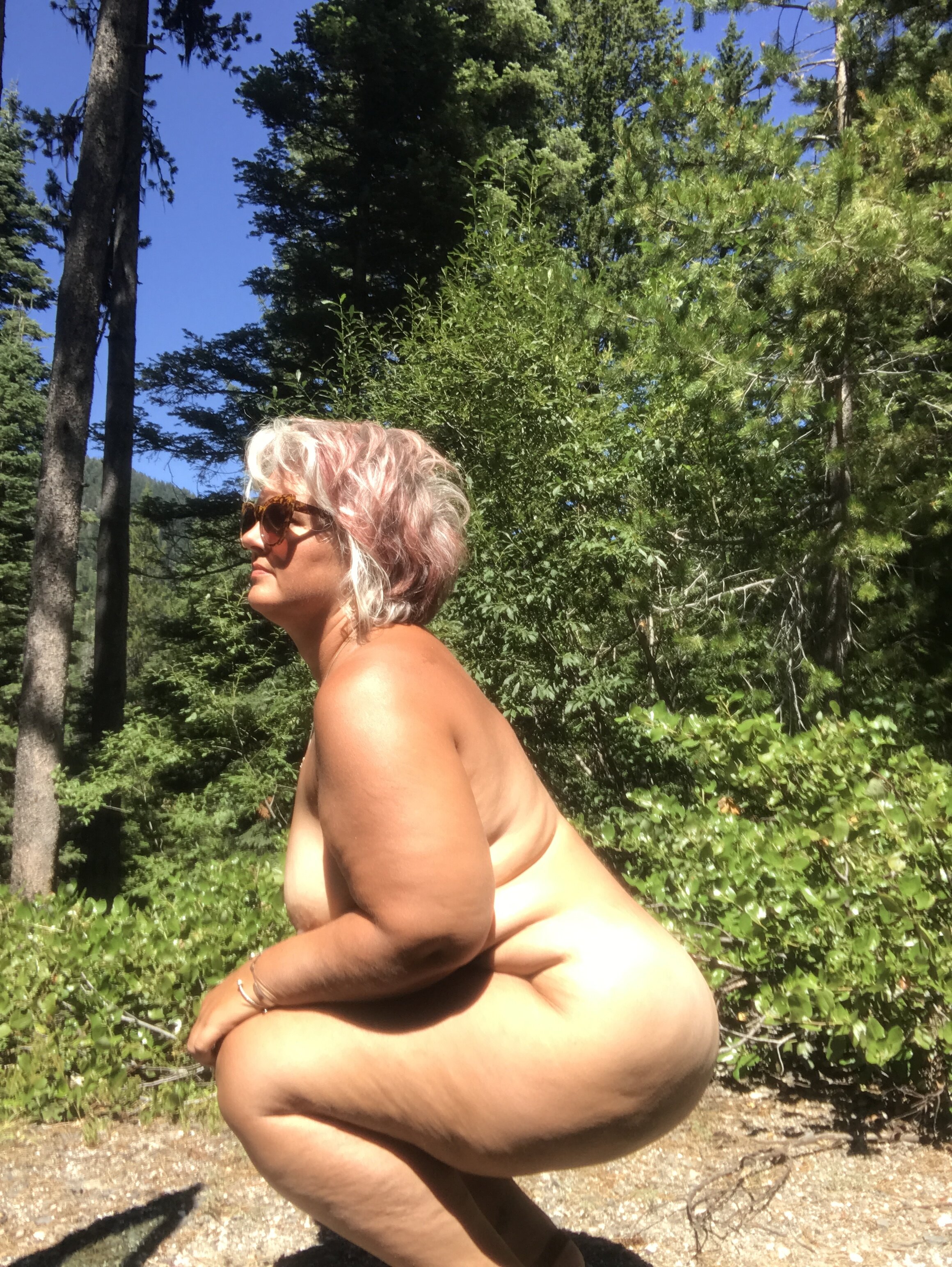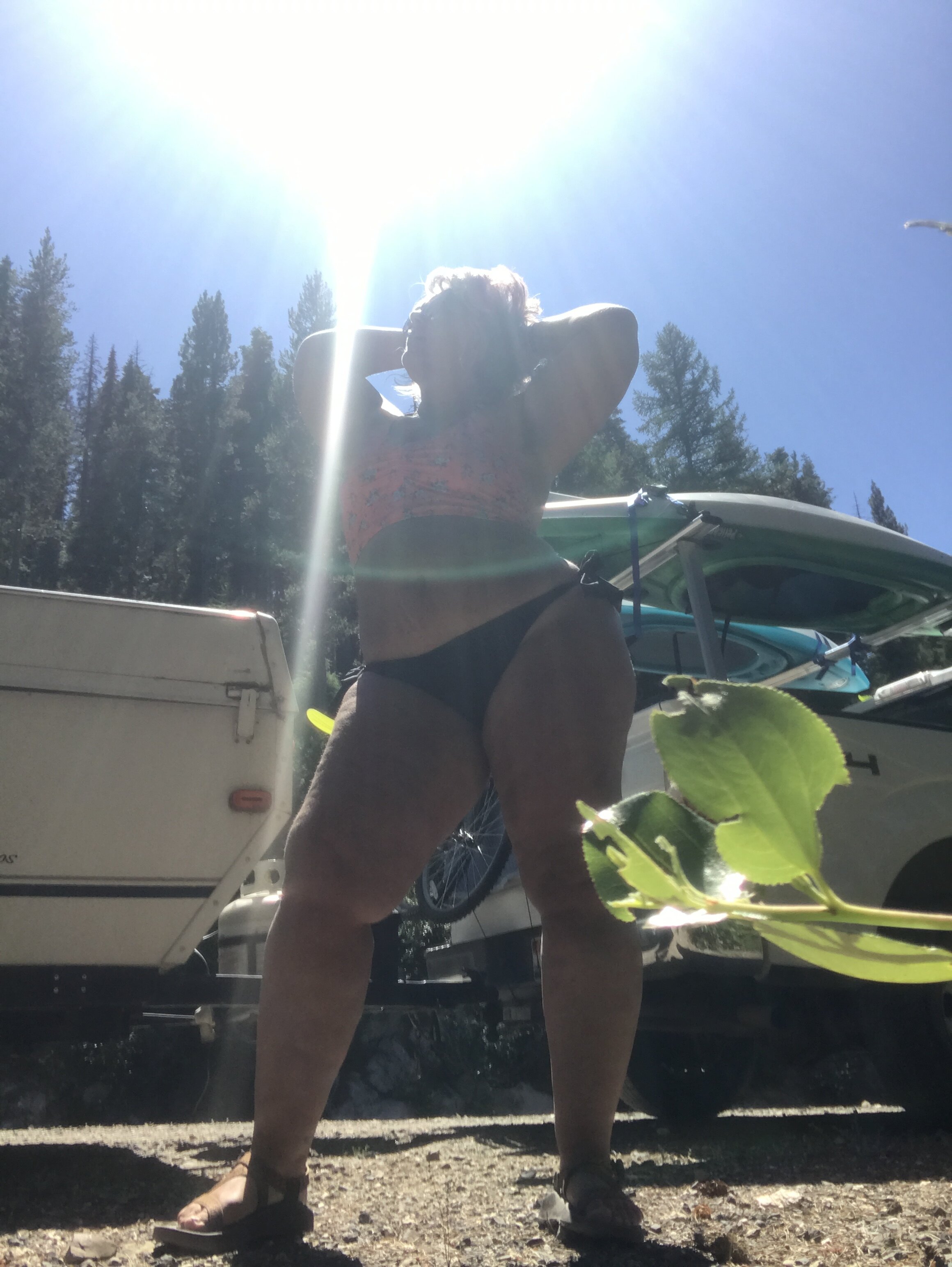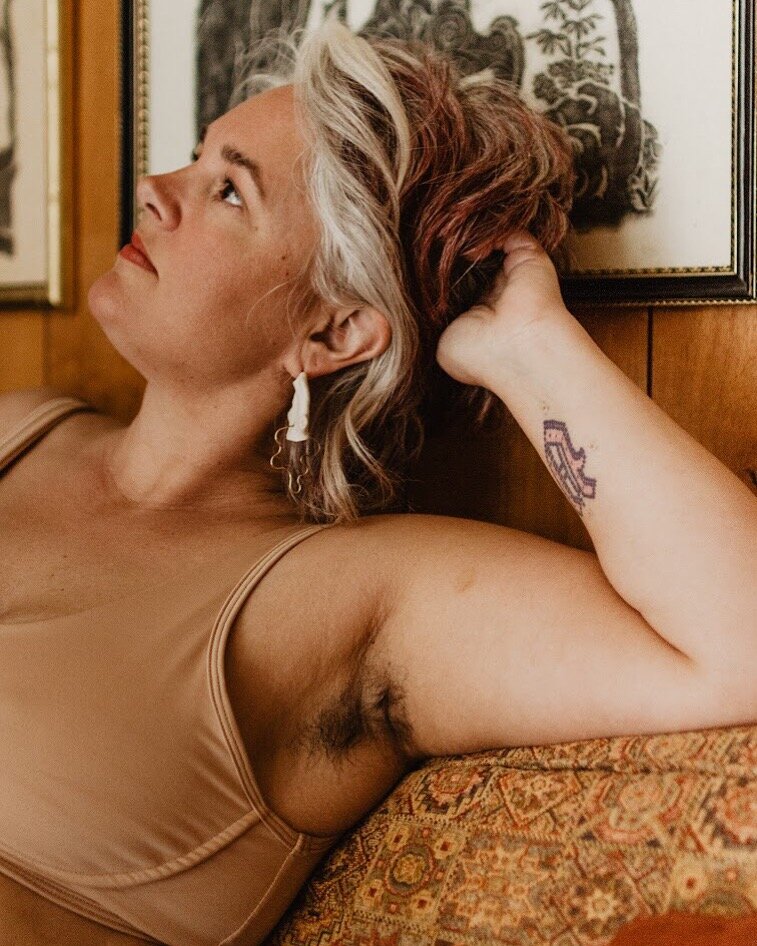So many people have told me how amazing the comments and list was and how they were going to save it to use with their children and teens as well, so I’ve compiled the comments together, deleting the duplicates, into a more palatable and usable format than weeding through several hundred Facebook comments in an old post. I was overwhelmed with the response and kindness of so many people and with the number of things we need to teach Lucy before she leaves in just over a year, so I sorted them into a document and that really helped make it feel more manageable. I divided them out loosely into these sections: general life advice, safety, college, body/health, renting an apartment/house, to buy/get, car maintenance, kitchen, money, and household. You can read all 168 of them below and also download to save and/or print them as a free PDF. After reading them let me know if there’s something we missed or forgot because I’ve found so much help online from all of you as we navigate this world as parents and learning and growing and sharing our wisdom has made me a better mother and a better person. I hope this helps you, too.
THINGS TO TEACH OUR CHILDREN OR DO FOR THEM BEFORE THEY LEAVE THE NEST
(Thanks to so many of Amy’s Facebook friends and Instagram followers for the best advice ever suggested in February of 2021!)
1. You always have a place here and are always welcome home.
2. How to read a map.
3. How to make an appointment or get information over the phone.
4. How to think & communicate about sexuality, bodies, and consent.
5. Hold onto that people that are awesome and will show up for you.
6. How to address and stamp an envelope.
7. Memorize your social security number.
8. How to leave a clear phone message.
9. When you choose someone to carry your heart, make sure they are worthy. Teach them to watch how this person treats waiters, cashiers and fast food workers. Their behavior tells you everything you need to know.
10. Set a schedule and write it down on a calendar or day planner – you don’t always have to abide by it but having it there for reference or if things get hard to complete will help.
11. Travel as much as possible, experience other cultures and how others live, even if it’s within your own state or city or neighborhood – adventure doesn’t always have to cost a lot of money or be far away.
12. To try new things, even if they are intimidating – including new restaurants from cultures different than your own.
13. To treat others with respect even when they haven't treated you with respect.
14. Think about a worse case scenario and be prepared for it but don’t dwell on it.
15. Don’t be in a hurry to know and do everything - part of the process of growing yourself is the journey.
16. By the way you never stop learning and growing.
17. Speaking your mind won't kill you, but not speaking your mind just might.
18. Honesty is the key to good relationships.
19. Listen to your intuition, it's always right.
20. Follow your dreams, because it's just as easy to fail at something you don't want to do.
21. Always be respectful and have good manners.
22. If they are lonely— honor the feeling, reach out, practice patience.
23. You don’t own anyone anything, but yourself.
24. Know that some people are in your life to teach you something, and not because you need to have them in your life forever.
25. If you have anything 'big' to tell us (e.g. you've realized you're gay, you're pregnant, you've been arrested, you've decided to change your religion), please tell us ASAP. We promise to try and stay calm. (Although, we will have questions, especially if you've been arrested).
26. Be on time for work and for your friends. If you feel like they won’t notice or care, or if it doesn’t matter or that you don’t matter, you might be depressed or in a negative situation. You might need a different job, new friends, new friends, a good counselor, or medication to treat an illness.
27. Think about the affect your words and actions have on others and decide to do or say accordingly.
28. Keep reading books.
29. Lean into what you resist- resistance is a telegram from your future self urging you to take a look at something that always turns out to be a good idea.
30. No matter how hard the moment, things will always be okay... you life is testimony that you have a 100% success rate.
Safety:
31. Simple self-defense.
32. Never leave a drunk girlfriend at a party - get her home.
33. Have a safe word with a good friend.
34. Tell someone you trust where you are going and with who.
35. If you get in a car with someone, take a picture of them and the car and the license plate or send Uber info to someone.
36. Not all adults are as trustworthy as they appear.
37. And it is okay to say no to anyone, especially an employer.
38. ALWAYS trust you inner voice even if it is opposite those you trust.
39. Teach wilderness/camping safety.
40. Put emergency numbers in your phone (police, roadside assistance, family).
41. Memorize your own phone number and two family members.
42. It's ok to value your own safety over the other person's feelings - politeness is good, but trust your instincts always.
43. Don’t be afraid to take trips by yourself but always let someone know where you’re going.
44. Have a trusted friend or tutor or someone you can call any time you don't feel safe or comfortable or you're in a situation you can't handle on your own. If all else fails, call us and we will come get you. No questions asked. Promise not to spend the journey home lecturing or yelling at you. Everyone makes mistakes, especially when you're young. We won't hold that against you.
45. Never be afraid to get professional advice or help on anything involving money, health, the law, or household utilities. None of us can know everything.
College:
46. How to keep life organized on their phone and on a calendar at home.
47. If they are going off to college, time management. (And phone alarms and timers can be so helpful!)
48. Classes, Homework, job and then down time for friends.
49. Also create a group of friends from your classes. It’s great for help with homework and takes the sting out of making new friends.
50. Don’t tell new friends everything about you right away, some people are not worthy of your entire life. Keep it light and build slowly.
51. When you are getting to know new people and wonder if they will be good to you, listen to how they talk about previous friends/lovers. Listen to how they express anger. As you are learning how to listen to your needs, practice asking for the small things in relationships so you can see that people who care about you will want to find ways for everyone to get their needs met.
52. It's okay if they change their mind on what they want.
53. It’s okay to ask for help – teach them who the experts are.
54. Take the strange classes that sound interesting and fun even if they don’t help your major.
55. With every news story, every history lesson, every book ask who is centered, who has the most power in the situation and the narrative, and what other truths are there if you look harder.
56. How to manage conflict with friends and roommates.
57. Call your mom. And your dad.
58. Find friends who aren’t your roommates! I mean, be friends with your roommate, but don’t let them be the only person you hang out with. Also, good friends don’t always make good roommates, and vice versa.
59. It’s ok to change goals, majors, directions at any time.
60. Volunteer and do unpaid internships if you have time. This will boost your resume in amazing ways.
61. Do not miss class unless you are sick.
62. Seek services you need from school ie: counseling, study groups, student associations, health center, tutoring, mentoring, clothing and food banks.
63. Know where emergency phones are on campus and which building are open at night.
64. Travel in pairs and leave no one behind, leave alone w NO one, have pepper spray and practice using it.
65. If you realize you want to leave college or change courses, again, let us know ASAP. You're young, and people change their minds, and sometimes what you initially decide isn't what you thought it was, and that's OK. We will try and help you. Also, talk to your tutors, counsellors etc. - they will have dealt with this before.
66. Do your homework, but learn to determine the importance of each assignment and apply the appropriate amount of energy accordingly.
67. Choose a profession or trade and train to be the best you can be.
Body/health:
68. Set up auto refill and auto text for your medications at your nearest pharmacy and always take them at the same time every day (set an alarm if you need help remembering).
69. Liquor/drugs – how to manage both safely and in a fun way.
70. Sex ed, safety, prevention, basics, birth control – how and why and when for all of it.
71. Eat a balanced diet, which for us means a wide variety of foods, and drink lots of water.
72. Get outside every day.
73. Always carry hand sanitizer, bandaids, a maxi pad and a granola bar in your purse or backpack
74. Fill one large Nalgene water bottle every morning and commit to drinking it all by the end of the day and take it with you everywhere (if you drink more than one even better!).
75. Know how much sleep you need to feel your best and if you don’t get it a few nights in a row you’re going to need to catch up.
76. Gratitude, this is the single most thing I wish I would have remembered each day when I was going through the most difficult times, we always have something to be grateful for, let it outweigh the challenges.
77. How to make a medical or dental appointment.
78. Have fun. Don't take your self too seriously.
79. How to make a decision about whether you’re having a medical emergency or not.
80. Feeling lost and overwhelmed? Go spend a few hours in a library...you are always welcome, don’t need to spend money, and have access to amazing inspiration and mentoring through the pages.
81. Know about your medical insurance and coverage.
82. What medicines should never be mixed.
83. If you are overwhelmed call me. Have a bad day plan like this – call someone you know, do yoga, cry into your pillow, stay in bed and watch your favorite show, eat ice cream. We all have bad days and having a plan in place to help you get through them is important.
84. Learn to breathe and do the 5-4-3-2-1 exercise and download the meditation app or Relax Melodies.
85. Pay attention to your body and emotions. Learn to recognize and identify what feelings and activities feel good, bad, or indifferent to yourself, without putting any importance in the analysis to what anyone else might think. BUT, in most cases, before you decide whether you like or dislike something, try it at least 3-5 times. Sometimes a person can’t discern discomfort in something new from dislike. However, notice the difference between feeling something is wrong or harmful to yourself or others and honest dislike.
86. Never focus on parts of your body as being more important than other parts of your body. This includes the idea that the brain and intelligence is somehow separate and different from your body, or that feelings don’t matter. They all need each other to work to full potential. Imbalances between our bodies, minds, and feelings cause big problems.
87. Take many walks; drive as little as possible. Look, listen, and feel while you walk. Let you brain do what it does, but in some situations you will need to keep a bit of your brain focused on personal safety.
88. Always dress for the circumstances and the occasion. Find a balance among comfort, safety, purpose, and fashion.
Renting an apartment/house:
89. Make sure you set up utilities in advance before moving into a new place and know which utilities you are responsible for.
90. Don't ever become financially dependent on someone else in regards to living arrangements. Make sure you can pay your rent on your own.
91. Where the main water shutoff is.
92. Buy renters insurance.
93. Even if your lease is expiring you still have to give notice.
94. Document the rental you're moving in to in writing and with photos - for any and all possible damage - BEFORE you move in.
95. Have an extra set of house keys with a friend.
96. Where the breaker box is.
97. How to clean an oven.
98. How to do a change of address with post office.
99. Who to call to turn on/off utilities.
100. Have an emergency evacuation plan.
101. Buy a fire extinguisher
To buy/get:
102. A variety box of cards, envelopes and stamps to have on hand to send or write to friends and family.
103. Kitchen basics.
104. Sewing kit.
105. First Aid Kit + a basic at home med-kit in a tool box for the dorm, including fever reducer, Benadryl, anti-nausea, anti-itch cream, thermometer, band aids etc.
106. A tool set and teach them to use it.
107. Flip flops for dorm shower.
108. In case of emergency file with social security card, medical card, important paperwork, contracts divided into manila folders and kept somewhere safe.
109. A passport.
Car maintenance:
110. How to identify all car parts including dipsticks and check fluids.
111. Buy AAA student car insurance/coverage if they have a car and how to call for AAA for roadside repairs (put the number in your phone and your jockey box).
112. How to call for car repairs, tire change.
113. What to do if in a car accident.
114. Buy jumper cables and show them how to jump a car.
115. How to check air in tires and add air.
116. Have an extra set of car keys with a friend or hidden at home.
117. Driving in mountains/snow.
118. How to clean snow off car.
119. How to fill with gas and never go below a quarter tank.
120. Car registration.
121. Drivers license renewal.
122. Window washer fluid.
123. Timing belts.
124. Odometer, how to read it and use it.
125. Car kit: first aid, blanket, water, jumper cables, chains if winter and how to put them on, insurance card, quarters.
Kitchen:
126. How to cut and use various knives.
127. Print or put together favorite family recipes in book or binder to take.
128. Budget for groceries.
129. Make a pantry staples/spices box to send to new apartment or small version for dorm along with a favorite special mug, cup, bowl, spoon, etc.
130. Cook easy meals – and master at least one breakfast, lunch and dinner recipe.
131. Master one good dish or dessert to take to parties, events, birthdays, dinner parties.
132. How to find a recipe, read it, find and buy all the ingredients, and make the meal.
133. How to open a bottle of wine and champagne.
134. How to saute vegetables.
135. Meat temperatures and cooking.
Money:
136. How to write a check.
137. How to file taxes online.
138. Savings account.
139. Always make sure you have the fund to cover bills in advance.
140. Always keep some cash on hand or hidden.
141. Talk about credit cards and establishing and maintaining good credit.
142. Roth IRAs and 401Ks.
143. If you want to build credit, you usually need at least 3 lines.
144. Good debt vs. bad debt.
145. How to budget.
146. Never spend your last $20 ( or $100) unless it is a dire emergency.
147. Give us a list of credit card numbers and expiration dates in case wallet is lost.
148. Bills before thrills!!!
149. Teach them price comparison shopping (looking at a tag at grocery store how much it is per unit so you know the better deal).
150. Have a change jar for coins (and cash them in at the bank when it’s full!).
151. How to open a bank account & check the balances and fees and charges.
152. Overdraft protection.
153. Loans.
154. Only get a $500 credit card for emergencies only...and pay it off every month. Debt is a killer.
155. Understand compound interest.
156. Don’t lend large amounts of money to friends.
157. Don’t spend money on stuff that doesn’t move you toward your goals. Stuff is is just more work and responsibility anyway.
158. The importance of a good credit score and actions that impact your score.
Household:
159. How to iron.
160. How to sew a button on and mend a small hole by hand.
161. How to use a First Aid Kit and do CPR.
162. How to turn the water off at the wall behind the toilet tank.
163. Fire prevention/response.
164. How to use caulk, WD-40, spackle, etc.
165. How to fix a drain clog or toilet clog.
166. How to clean a toilet.
167. Laundry.
168. What cleaning supplies should never be mixed!




